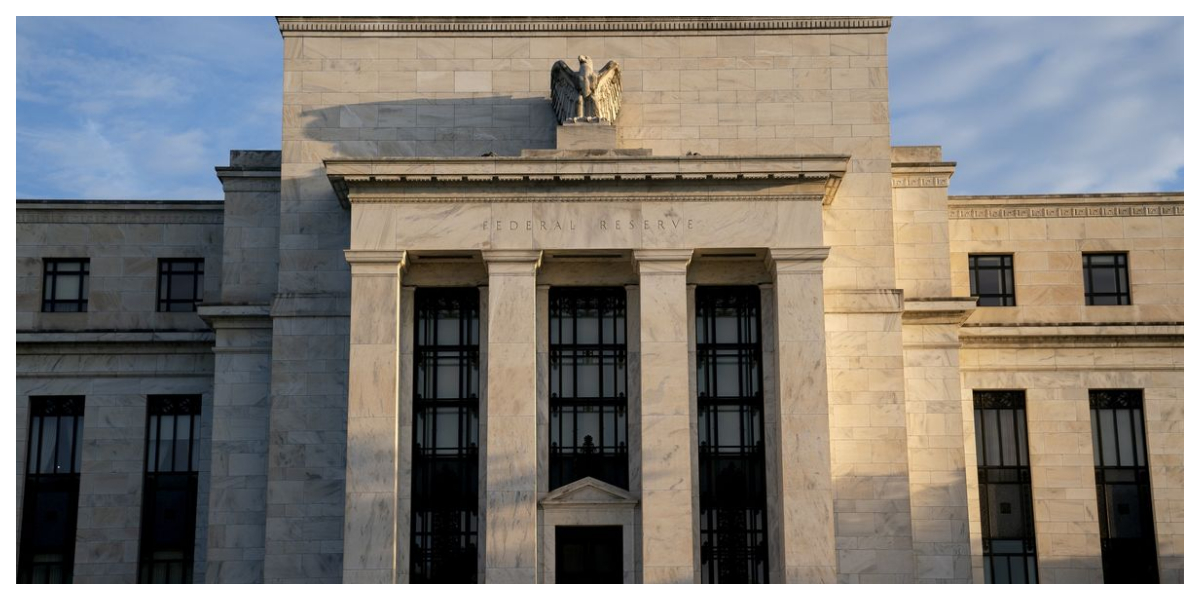US central bankers stressed their “strong commitment and determination” to bring inflation under control with a series of interest rate increases, according to the minutes of the latest policy meeting released Wednesday.
While the world’s largest economy is in solid position, members of the Federal Reserve’s policy committee cautioned that the outlook is highly uncertain and inflation is too high, so they must move “expeditiously” to increase the benchmark borrowing rate and offload the massive bond holdings to tamp down inflation.
With US inflation rising at the fastest pace in nearly four decades, the Fed’s policy committee early this month hiked the key rate by a half point — the biggest increase since 2000 — and most members said similar increases “would likely be appropriate at the next couple of meetings.”
While the pace of consumer price increases slowed slightly last month, jumping 8.3 percent compared to April 2021, after hitting 8.5 percent the prior month, Fed officials warned that “price pressures remained elevated and that it was too early to be confident that inflation had peaked.”
The Fed slashed rates to zero at the start of the pandemic to prevent a severe economic downturn and also ramped up bond purchases to pump liquidity into the financial system, but began to reel in those measures in March with a quarter-point rate increase. And as of June 1, it will start to reduce its asset holdings.
The minutes confirm central bankers are committed to a series of moves to remove the stimulus to the economy but said they may have to go even further and hit the brakes on the economy depending on how the outlook evolves.
“All participants reaffirmed their strong commitment and determination to take the measures necessary to restore price stability,” the minutes said.
The officials noted that Russia’s invasion of Ukraine and the Covid-19 lockdowns in China “posed heightened risks for both the United States and economies around the world,” including worsening supply chain snarls and fanning inflation flames, notably prices for energy and other commodities.
They said that “supply constraints overall were still significant and would likely take some time to be resolved.”
Labor shortages also are hindering economic activity, they said, with companies often unable to fill open positions and wages rising.
The current goal is for the benchmark rate to quickly move to neutral, where it is neither stimulating nor restricting the economy; however, they stated that “a restrictive stance of policy may well become appropriate.”
The Fed should be able to bring inflation back down to the two percent target “over time” with policy tightening, according to the minutes.

















